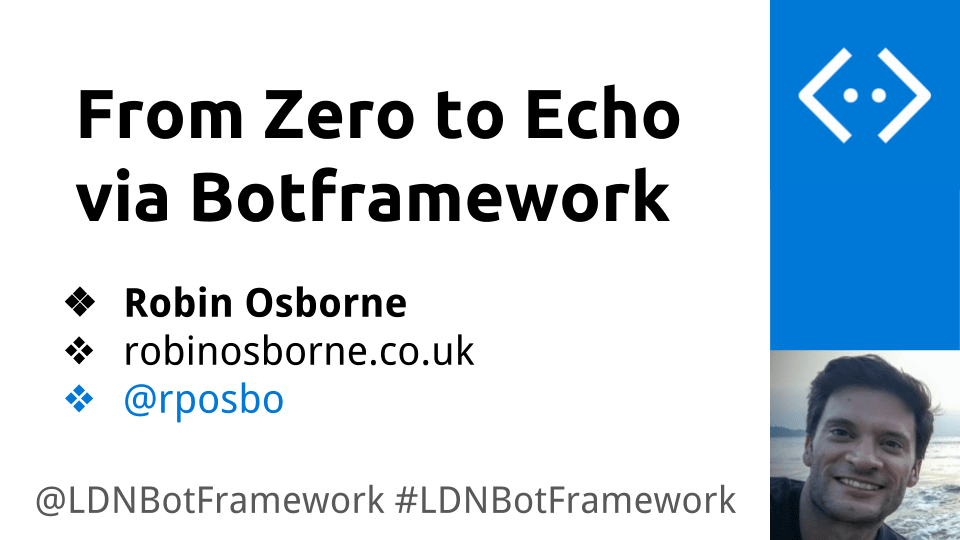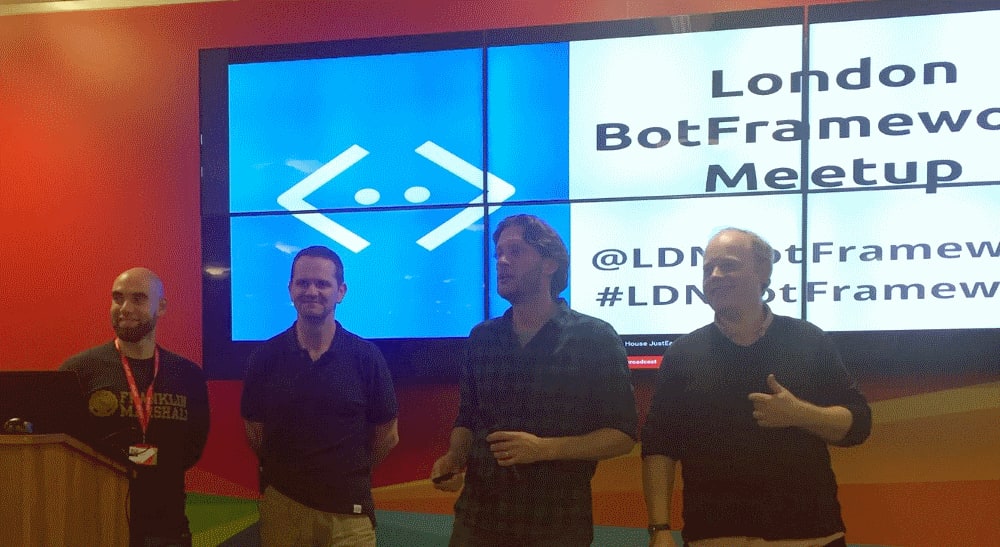We’ve already looked at how a botframework bot receives messages, and even how to save those messages.
In this article I’ll show you how to handle files that are sent to your botframework chatbot.
When a user interacts with your bot, unless they’re responding to a prompt, they will cause the Message controller’s Post method to fire with an activity.
This will send a message through to your underlying IDialog or LuisDialog implementation.
MessageReceived
The method that receives the message will have the signature (though the parameter names and method name could be different):


